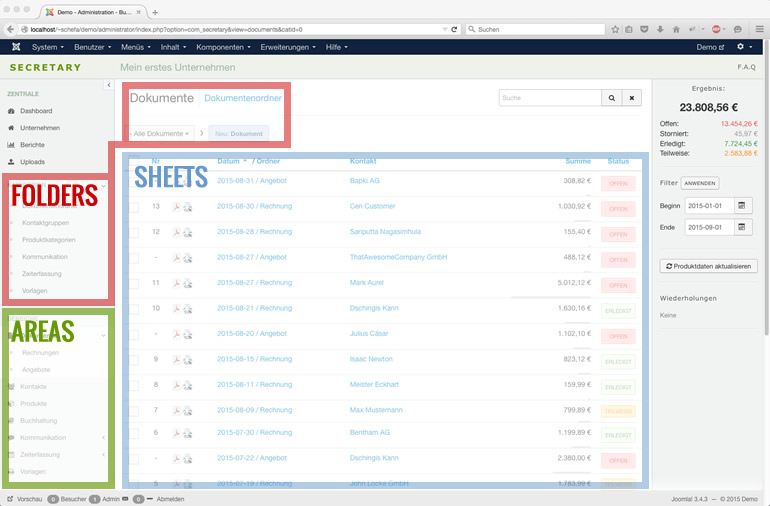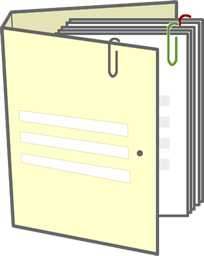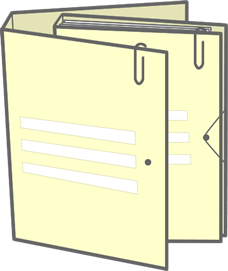The Actual Business-Grammar

Secretary is more than just a software, because it starts where terms of economic activity arise. Secretary is objective, holistic and without any compulsion to specific terms. Yet the software should adapt to your needs and your language, not the other way around. That allows features, which are unthinkable with other accounting or ERP systems, because not nameable.
In fact, it may seem strange at first glance, when words like invoice, customer, storage are missing in the navigation. But to fulfill the core function of any enterprise software - the representation of business processes - only 3 terms are essentially necessary from which then the designations develop:
- area
- data-sheet
- folder / category
A digital office doesn't look different than a real one, because sheets in folders organize an area

1. Area
The following table gives you an overview of the business areas and the possibilities of expression
| Areas (of your business): | Documents |
Contacts |
Products (PIM) |
Times |
Messages (CRM) | Accounting |
| Categories (any name): |
|
|
|
|
|
|
2. Data-Sheet
For our understanding, the meaning of the term "data sheet" is, that a sheet contains data. Well, that is basal. Because all informations of a digital office are stored in a database, the user of the software fills out a form with predefined data fields. Predefined does not mean, that you can not upgrade the forms with additional data fields. Of course you can and Secretary allows it without any programming skills or manipulation of the core system. But depending on the business area, form and data fields are different predefined. Overall, there are so several business areas with a special design of the forms. |
Moreover, there are separate, partly cross-sector standards that enhance the organization of the digital office
|
Data Fields and State
A data sheet should therefore be the composition of a form and data fields. A Data Field (e.g. No., Date, Title, Address, etc.) refers only to the relevant sheet and its specific area. Similar data sheets can be organized with a status. A state is like a paper clip, which gives togetherness.
|
3. Folders of data-sheets are categories
Each data sheet kann be put in one category. A category can inherit its data fields to the data sheets. Example: If you create in the area 'contacts' the folder/category 'employees' with the data field 'birthday', then each new contact form for this specific folder will propose the data field "birthday". |
|
|




